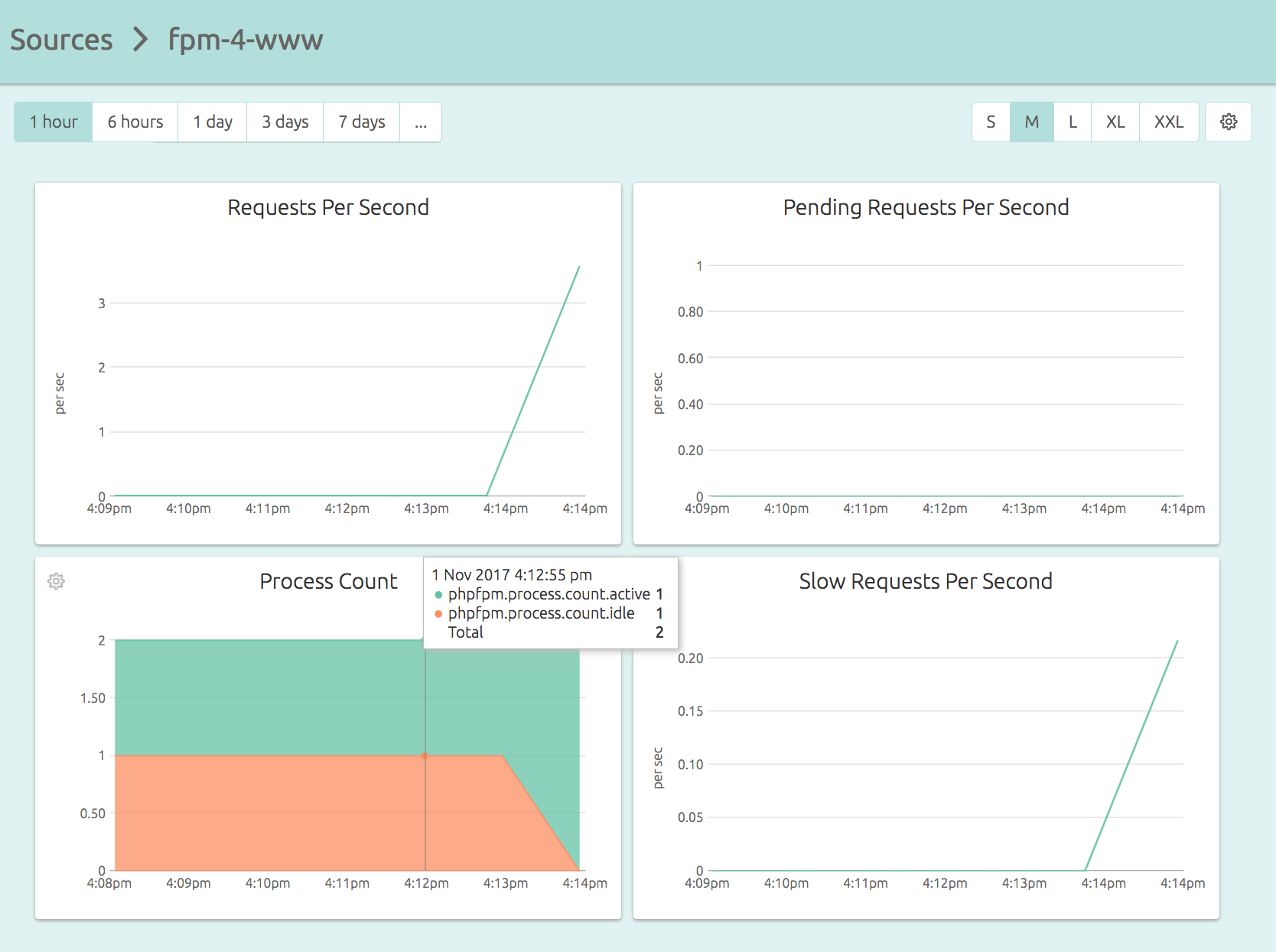

#LoadModule mpm_prefork_module modules/mod_mpm_prefork.soĪdd the following lines to /etc/apache2/nf:Ĭomment out the following lines in /etc/apache2/conf.d/nf: E.g.:-prefix execprefix phpfpmBIN/sbin/php-fpm phpfpmCONF/etc/nf phpfpmPID/var/run/php-fpm. LoadModule mpm_event_module modules/mod_mpm_event.so Now open up your new init script (/etc/init.d/php-fpm) and set the variables at the top to their relevant values.

Uncomment the mpm_event module and comment the mpm_prefork module like so: Multiple PHP web applications running various versions of PHP can be hosted simultaneously on the same server using Apache and PHP-FPM. Setting up /status page of php-fpm on Apache2 Ask Question Asked 2 years, 9 months ago Modified 2 years, 9 months ago Viewed 2k times 2 Im trying to set up the /status page of php-fpm on apache, but im getting a 404 error and i cant know why. But, in this tutorial, we will set up the LAMP stack on Ubuntu, so you need to select Ubuntu. You can do this manually as well edit the Search for listen /var/run/php/php7.0. That said, there’s a LOT you can do to improve the PHP performance on your server.
#SETTING UP PHP FPM INSTALL#
You can install more Linux distributions from the Microsoft Store (Ubuntu, openSUSE, SUSE Linux Enterprise Server 12). To setup and configure fastCGI (FPM), PHP, and Nginx on Ubuntu Linux, follow these steps: Perform an apt-get update to ensure access to the latest packages.
#SETTING UP PHP FPM WINDOWS#
Passing this off to the PHP-FPM results in interpreting the PHP files much faster than having Apache spawn new processes each time a page is requested. Step 1: installing bash on Windows First, you will need WSL installed on your computer. PHP-FPM is the Fast Process Manager for PHP which runs as a service that spawns PHP processes as needed when files files are requested through the FastCGI interface.


 0 kommentar(er)
0 kommentar(er)
